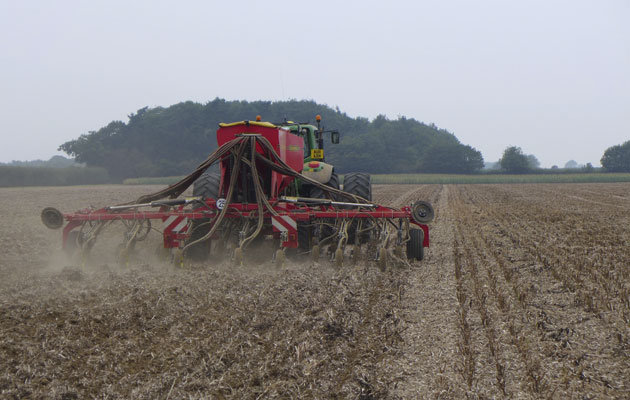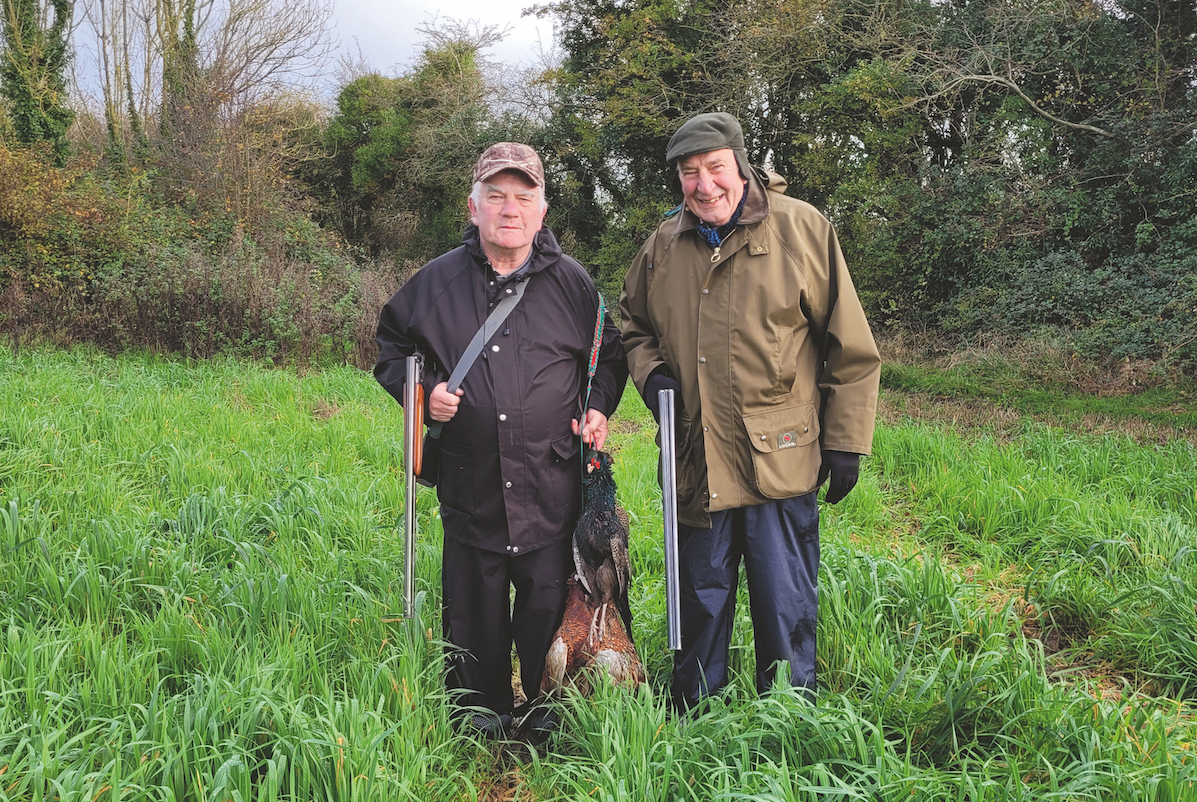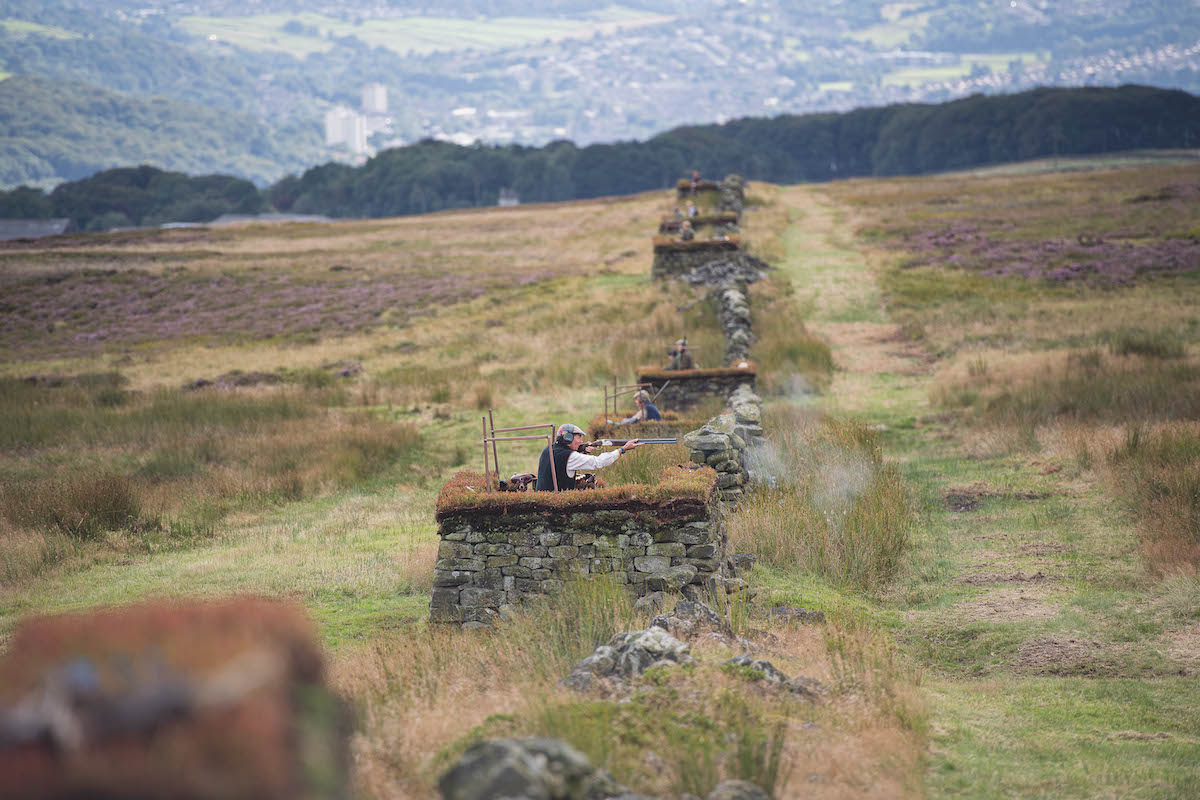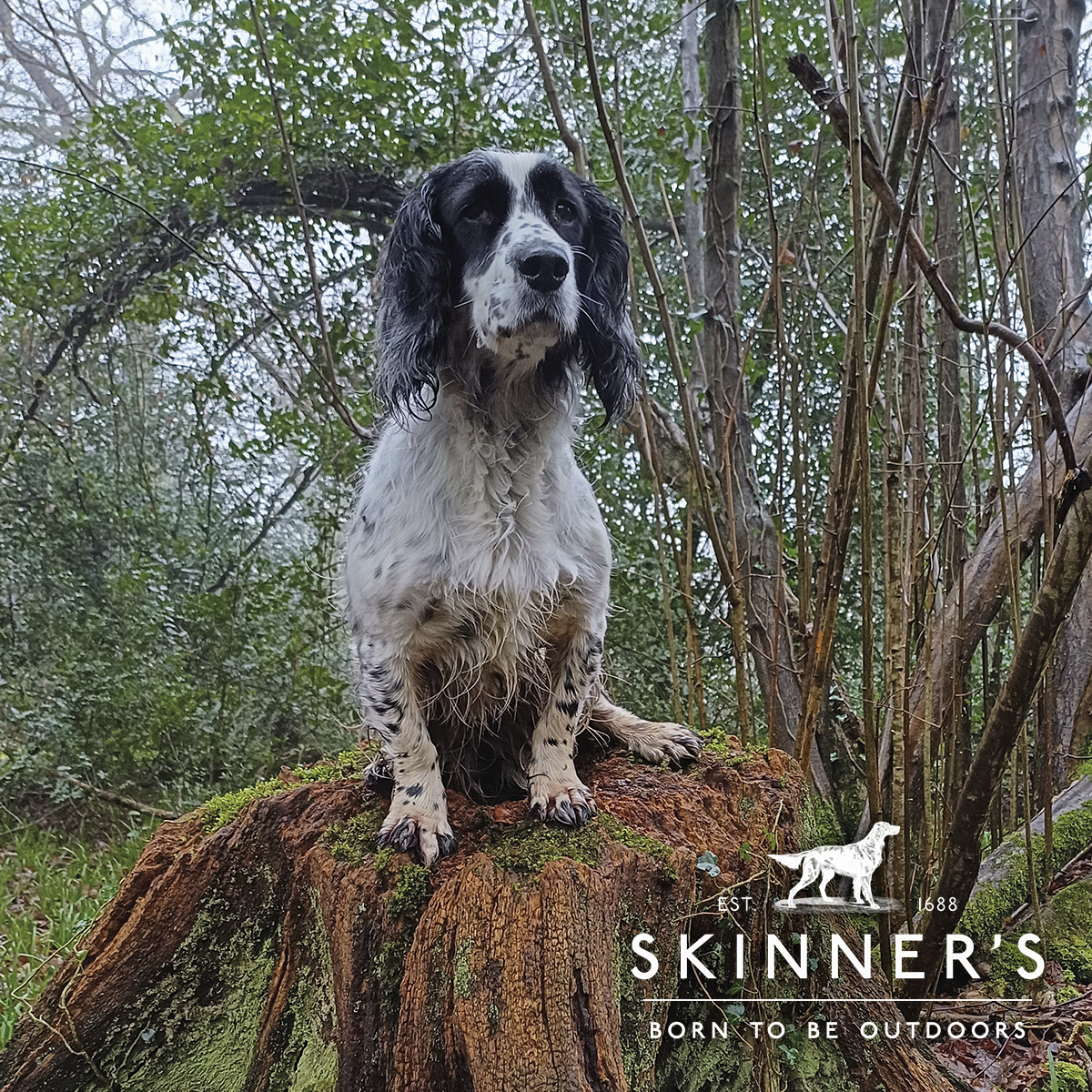How Ecological Focus Areas (EFAs) will affect your shoot
New reforms like the introduction of Ecological Focus Areas will make winter cover crops a more attractive option for shoot managers and gamekeepers.

By Richard Barnes
Many farmers are wrestling with the changes under the latest Common Agricultural Policy (CAP) reform. Like it or not, just about everything we do is influenced by the European Union, from general licences for the control of woodpigeon to how farmers are paid to tend their land. And these latest changes will affect the work of game managers, especially when it comes to the availability of game cover crops and the associated beneficial options available through Environmental Stewardship agreements. Ten years ago, we could only have dreamed of the vast range of wild bird seed, nectar flower and other favourable options that are now available.
What will change?
To secure the maximum payment for farming their land, growers will now have to ensure that, where they farm more than 30 hectares, they grow at least three crops. A total of five per cent of the arable land must be allocated to Ecological Focus Areas (EFAs).
The ‘three crop rule’ has been introduced to break up block cropping and encourage greater diversity.
Within the next 12 months a new stewardship scheme will also be implemented, currently labelled the New Environmental Land Management Scheme (NELMS).
Are EFAs a positive change?
In a word, yes. The changes mean responsibility for good environmental management is being passed firmly into the hands of landowners and farmers. If growers decide not to apply an Ecological Focus Area, they will lose payments from the EU. Some may take this decision, but given the current low price of grain, it will be tough for farm businesses without this additional income.
EFA options in England are:
• Hedgerows
• Fallow land
• Catch or cover crops
• Buffer strips
• Planting of nitrogen fixing crops
Each option carries a ‘weighting’ which can be added up to create the total five per cent required for a Ecological Focus Area. Hedgerows will be measured by their length. Fallow land will only allow the planting of additional wild bird seed and nectar flower mixtures as this land is to be left uncropped. Buffer strips are standard features on many farms and are beneficial subject to the right plant species being used. But they are only allowed to count towards the Ecological Focus Area if they are directly linked to a watercourse.
What is involved in growing catch or cover crops?
Unless it is a good, weedy stubble, leaving land bare over winter has little environmental benefit. Not using a cover crop could result in loss of soil, the nutrients it contains and the money spent on applying those nutrients – literally money down the drain.
To reduce this run-off, growers with spring crops should consider planting a green cover crop after harvest. This will stay in the ground until it is destroyed in March/April and followed, for example, by barley or sugar beet. The concept is not new; farms used to be set up with some livestock that had grass and a root crop, while the arable crops would be based on spring crops. This provided a good mix that benefited all farmland wildlife and soil quality.
The introduction of green cover crops is becoming increasingly popular and it is important for game managers to get to grips with the concept.
What does it mean for my shooting plans?
The creation of additional cover will be beneficial, especially for those with wild game interests. The ongoing concern of over-winter predation of grey partridges can be partly addressed by the creation of field-scale cover in blocks across the farm. Large areas of cover will provide valuable protection from sparrowhawks and buzzards, especially during the key pairing and territory-building period from December to March.
For those with released French partridges, green cover crops can create an opportunity for new drives where fixed-cover areas are not practical. A 20-hectare block planted with green cover has the potential to effectively act like a sugar beet crop, where birds could either be released or blanked into and then driven over a hedge or shelter belt. Pheasants will undoubtedly go well from a field-scale crop, just as long as they go the right way!
These crops will rotate around the farm but will inevitably work better in some locations than others. They have potential to create a whole new take on releasing and driving French partridges.
What crops should I choose?
A range of crops are available, specially selected to create a combination of dense roots and a good canopy. Strong roots will scavenge nutrients from the soil and ‘trap’ them, while a good canopy acts as a solar panel, harvesting the benefits of the sun. Depending on planting time and following growing conditions, crops have potential to reach knee height. It is expected that a mixture will need to be used to fit the criteria of the new CAP, but confirmation of this is still awaited.
Potential options to use in a cover crop mixture include:
• Oil radish: similar to fodder radish but grown for its dense canopy. It is winter hardy so the canopy will remain until the crop is destroyed in March/April.
• Turnip rape: a hardy crop that can be planted into early October. It has a good canopy, which can be grazed by stock at the end of winter.
• Forage rye and vetch: less cover than oil radish and turnip rape, but a useful ‘lead-in’ crop. A narrow strip left uncut next to margins in key areas would make good brood-rearing cover.
• A soil structure mix: may contain oil radish, vetch, phacelia, forage rye and clovers.
How can I make this work?
Much of the planning for these crops will be done through the winter months as the farm plans its rotations and works out how it can meet the new Ecological Focus Area requirements; next autumn’s cover crops may need to be submitted on paper to DEFRA in May next year. Be proactive and get involved by approaching the farm with your thoughts early on. By working together, you can come up with a plan that meets everyone’s needs.









